



REFERENCE MAPS
FOR
Indigenous Resurgence in the Contemporary Caribbean:
Amerindian Survival and Revival
Edited by
Maximilian C. Forte
Published by Peter Lang, New York, 2006
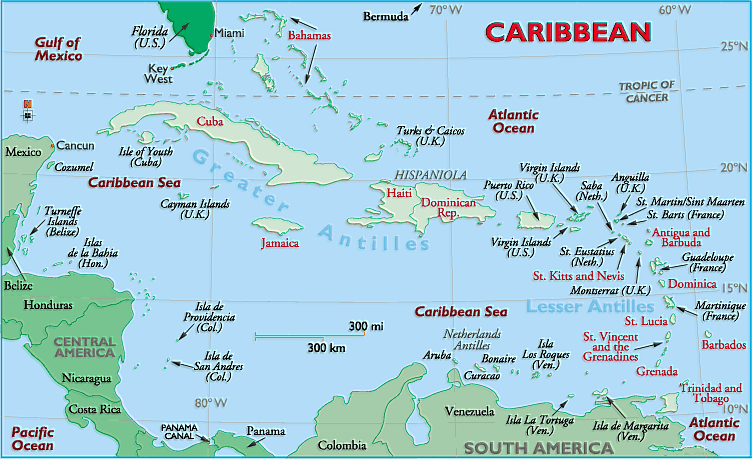
Figure 1: Caribbean Sea and adjoining mainland territories, indicating names of current nation-states and the name of territories that continue to be ruled as dependencies.
|
|
Figure 2: Caribbean states shown with what have been understood to be their pre-colonial indigenous names. Flags for each of the modern nation-states are also shown.
 |
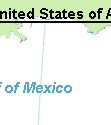 |
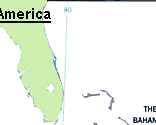 |
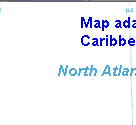 |
 |
 |
 | |
 |
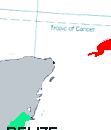 |
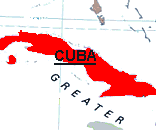 |
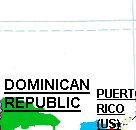 |
 |
 |
 | |
 |
 |
 |
 |
 |
 |
 | |
 |
 |
 |
 |
 |
 |
 | |
 |
 |
 |
 |
 |
 |
 | |
 |
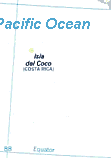 |
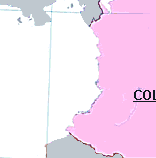 |
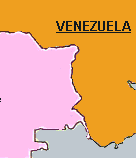 |
 |
 |
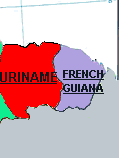 |
Figure 3: Move your cursor over regions of the map to reveal areas of indigenous ethnic concentration in the early colonial era. Taíno populations tend to be concentrated in the northwest, that is, the Greater Antilles. Carib populations tend to be concentrated in the southeastern stretch of the archipelago, that is, the Lesser Antilles. Garifuna populations are found in St. Vincent, Belize, Honduras, other parts of Central America, and of course in the diaspora in Los Angeles, New York, and elsewhere. Likewise, both Taíno and Carib descendants are to be found in the wider Caribbean diaspora in North America, Europe and further afield. On the mainland, the three Guyanas consist of a wide variety of contemporary indigenous ethnic groups, with different indigenous languages.
